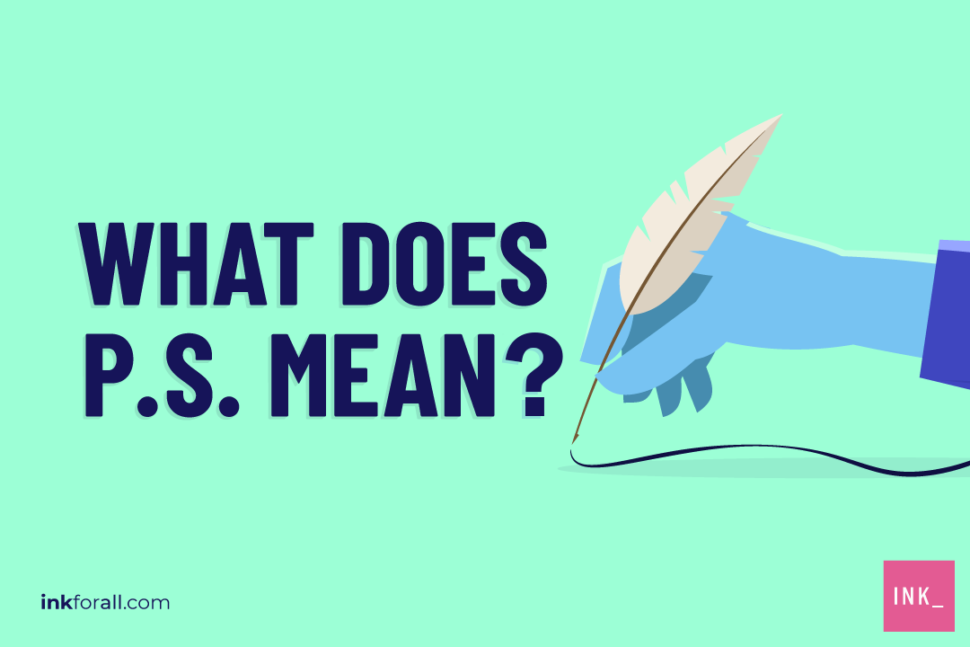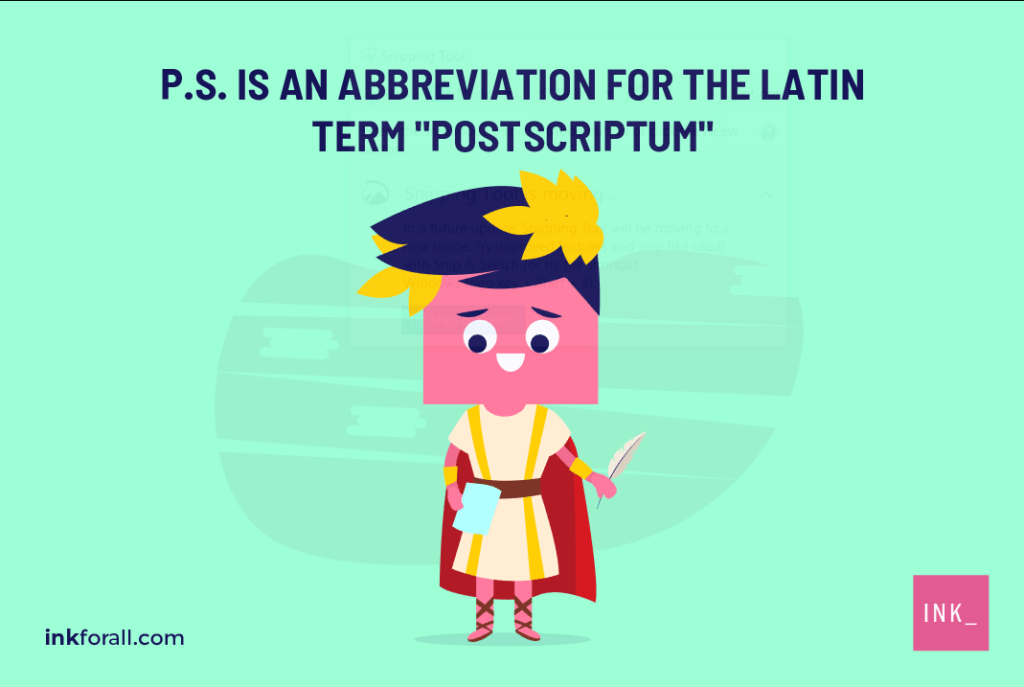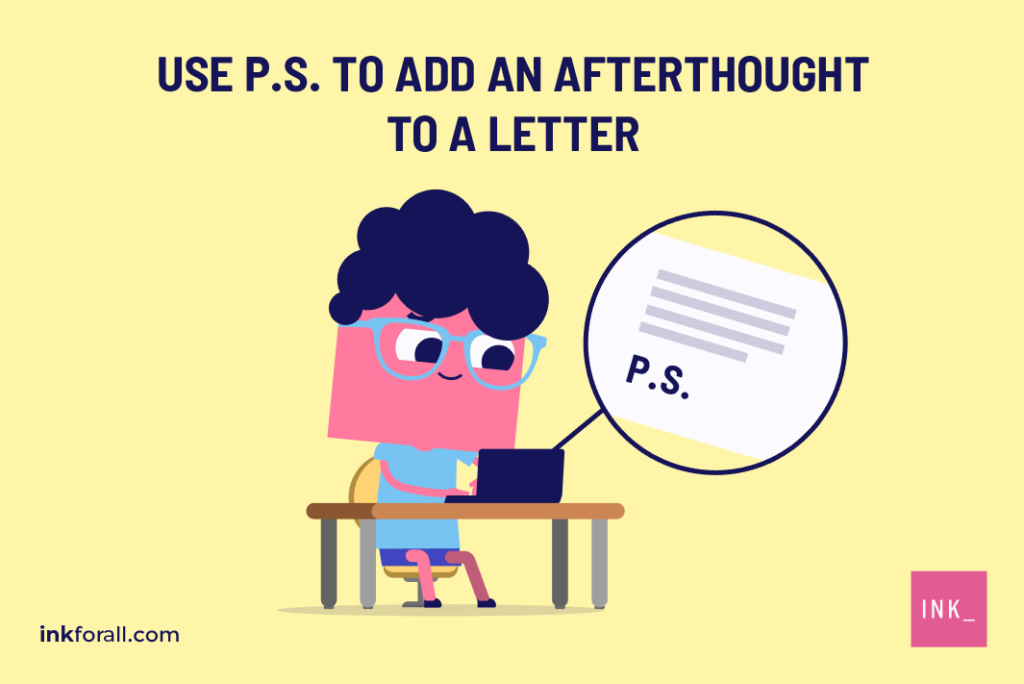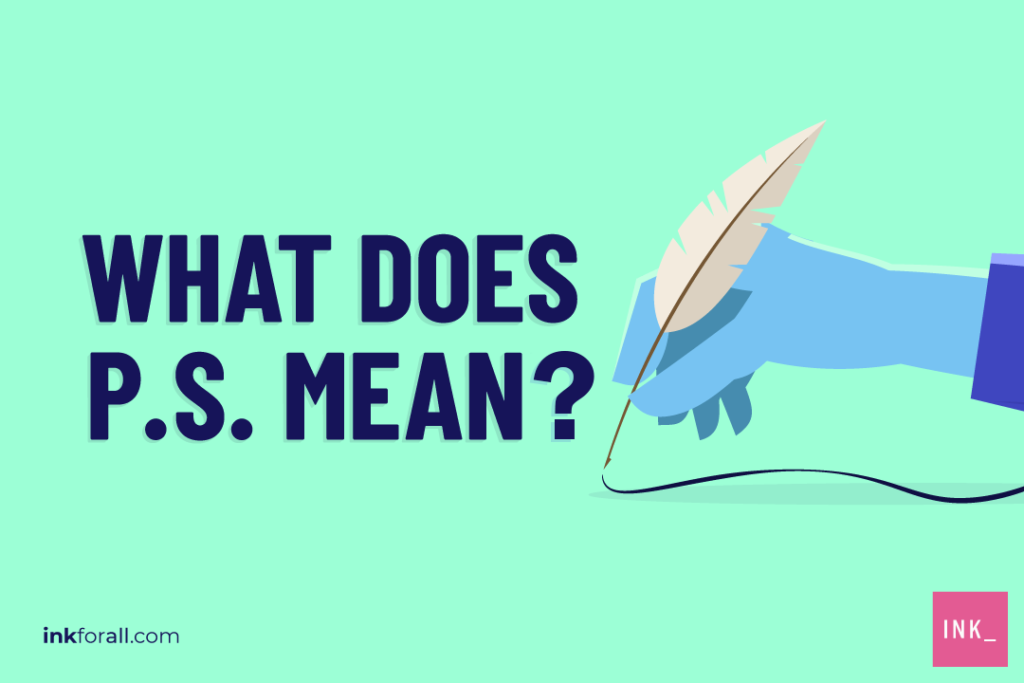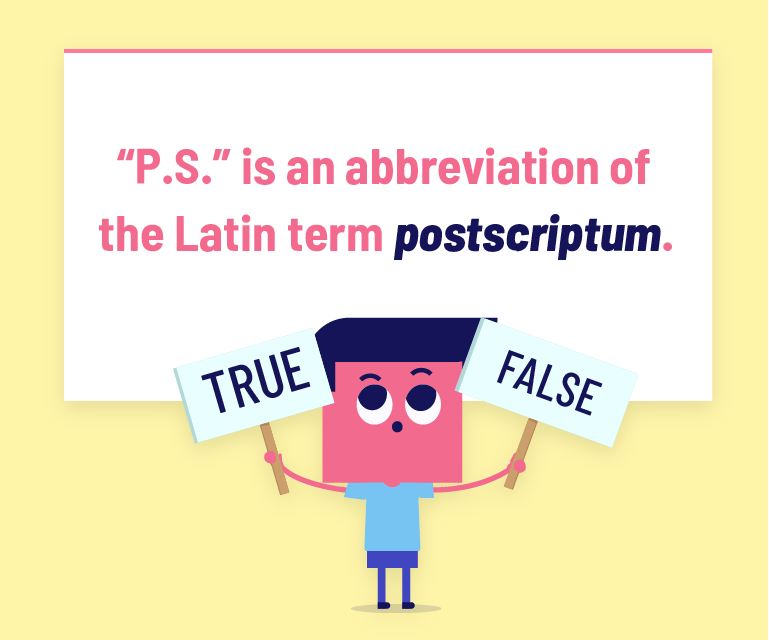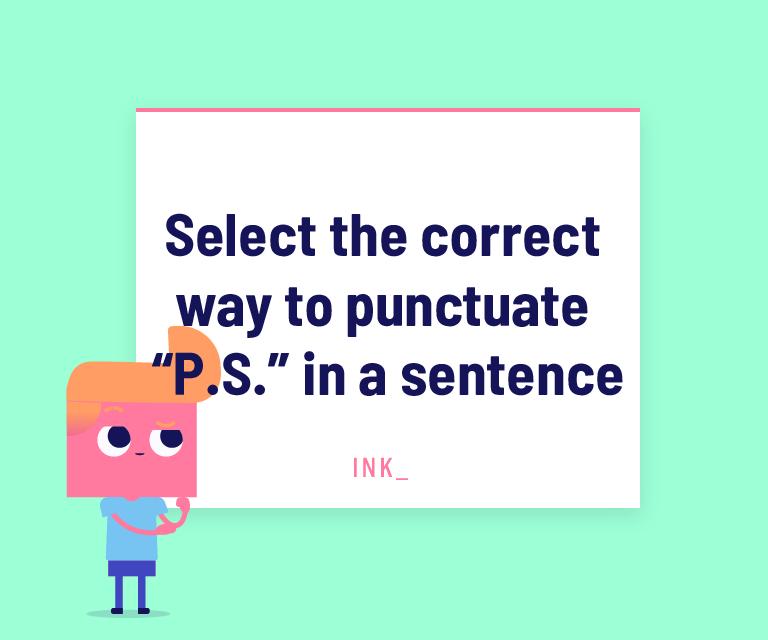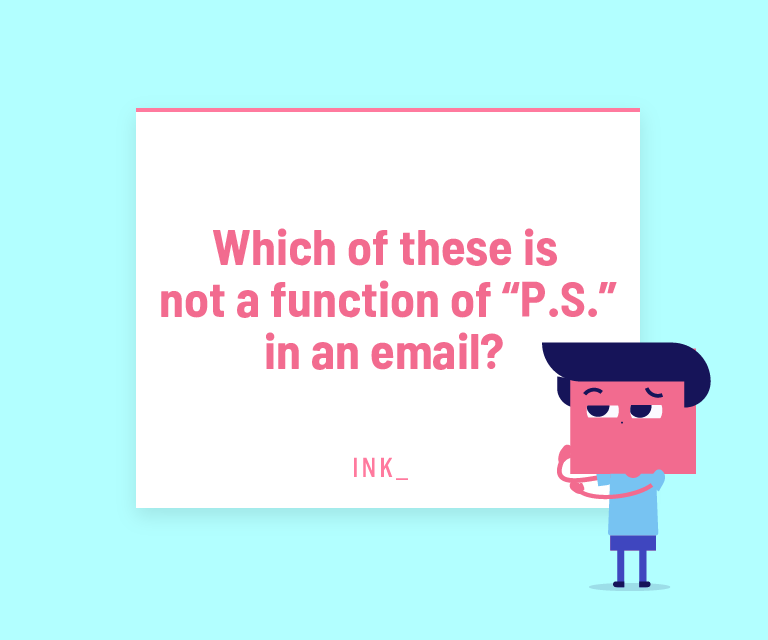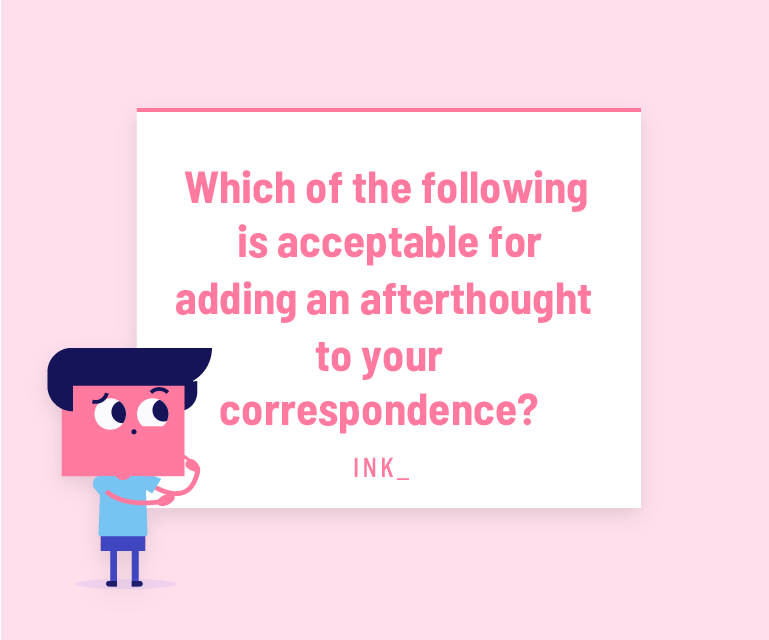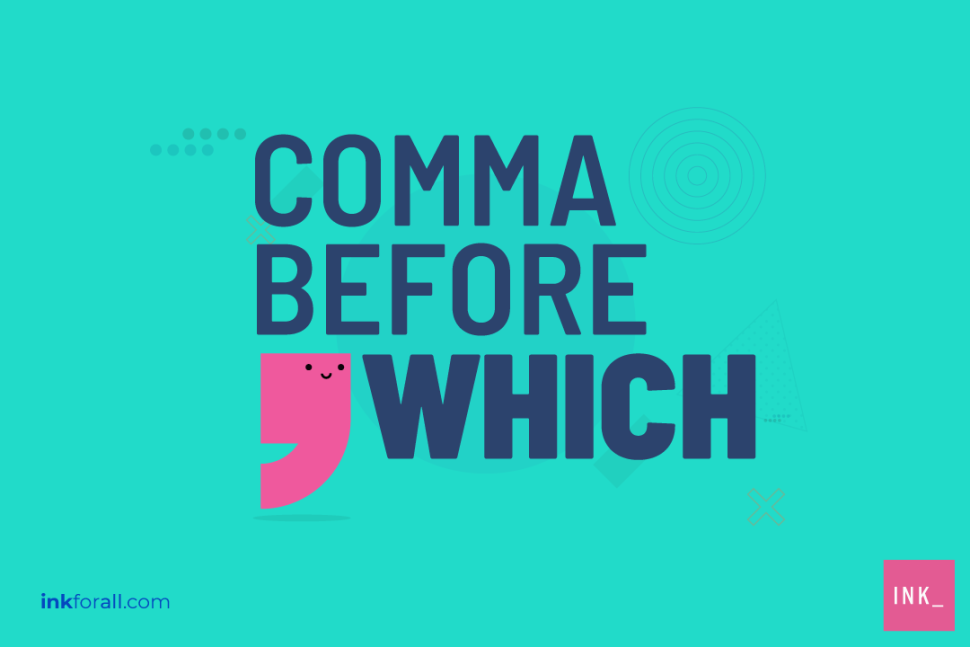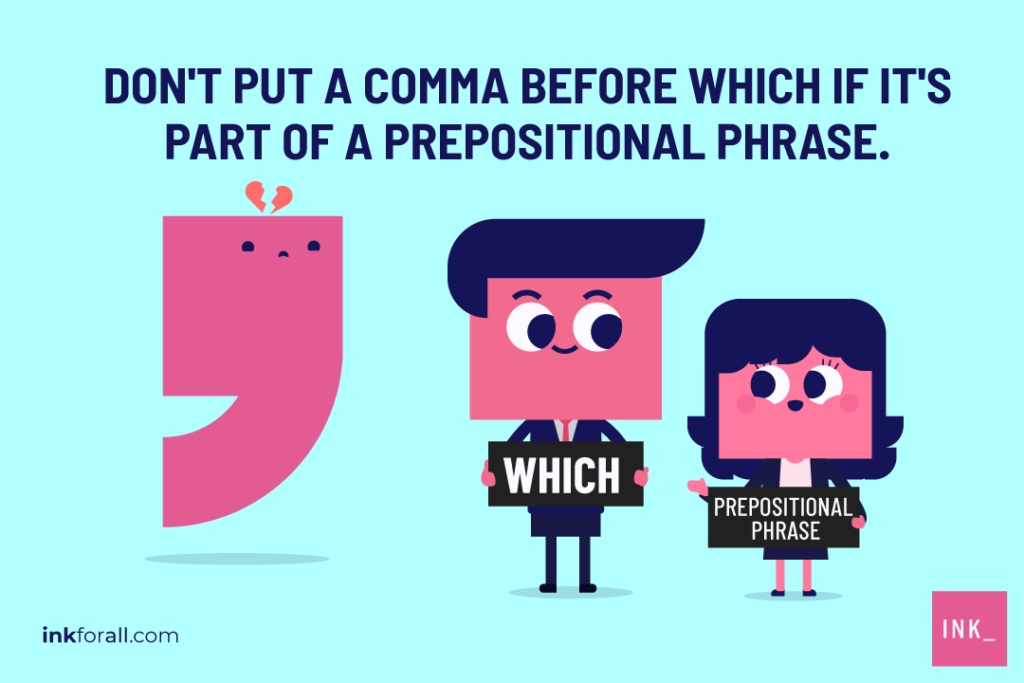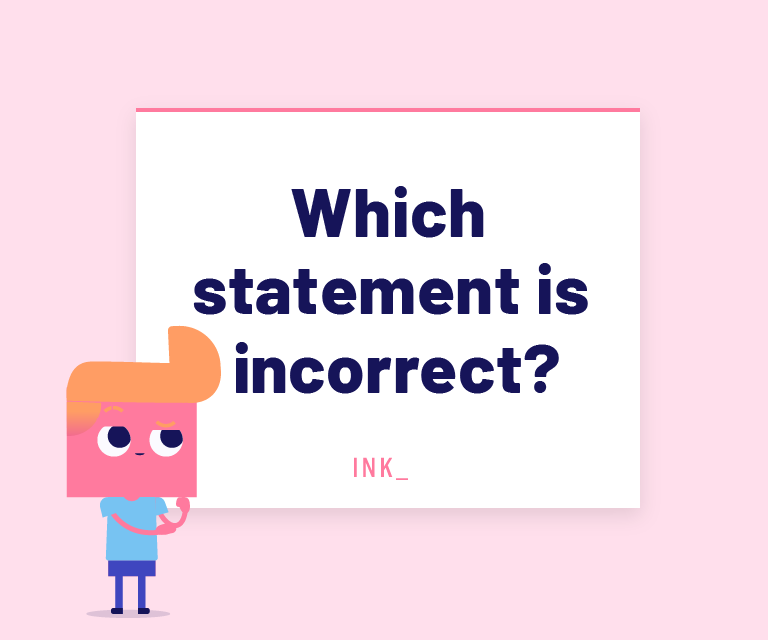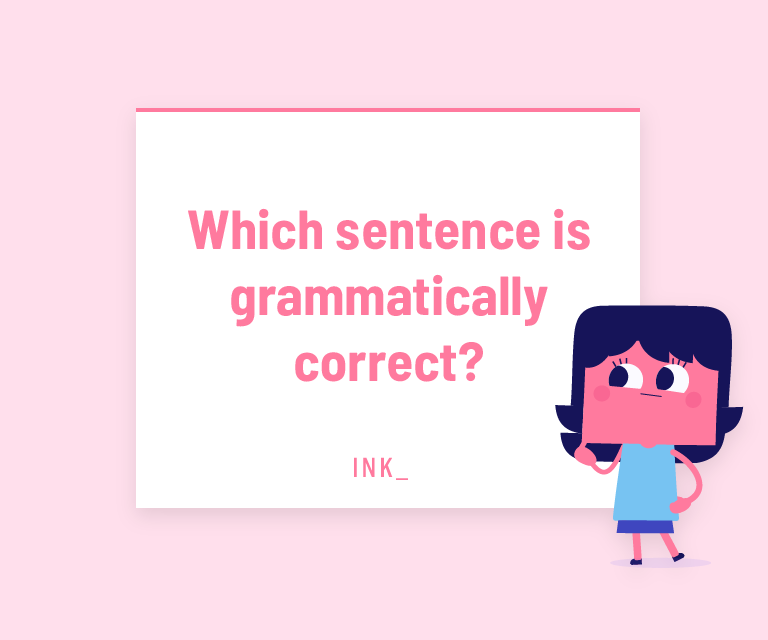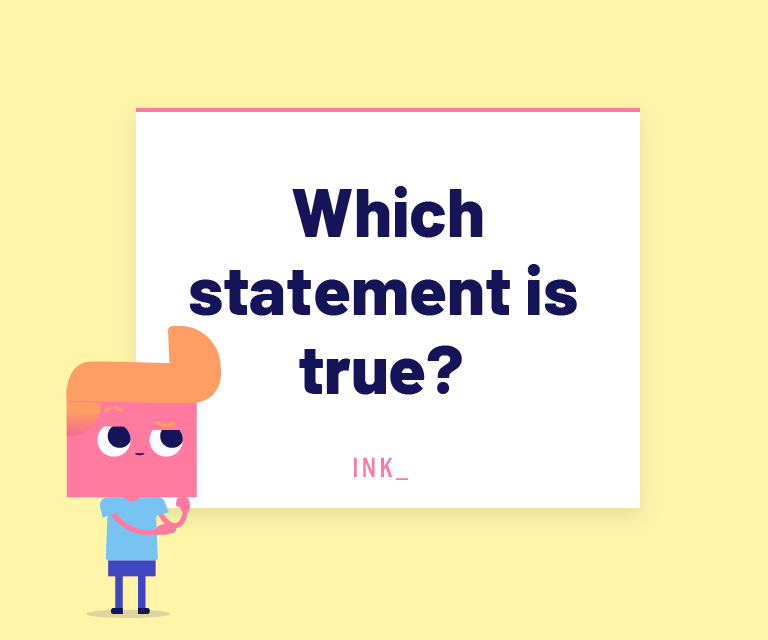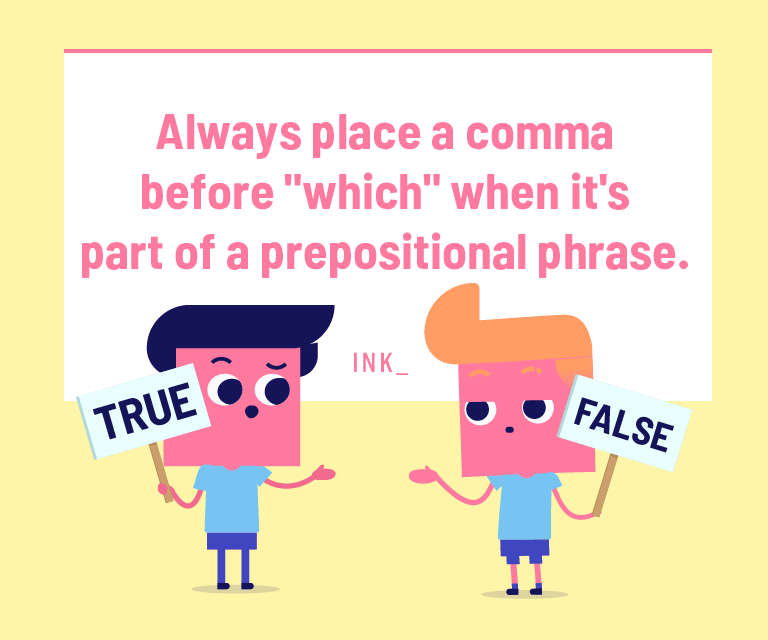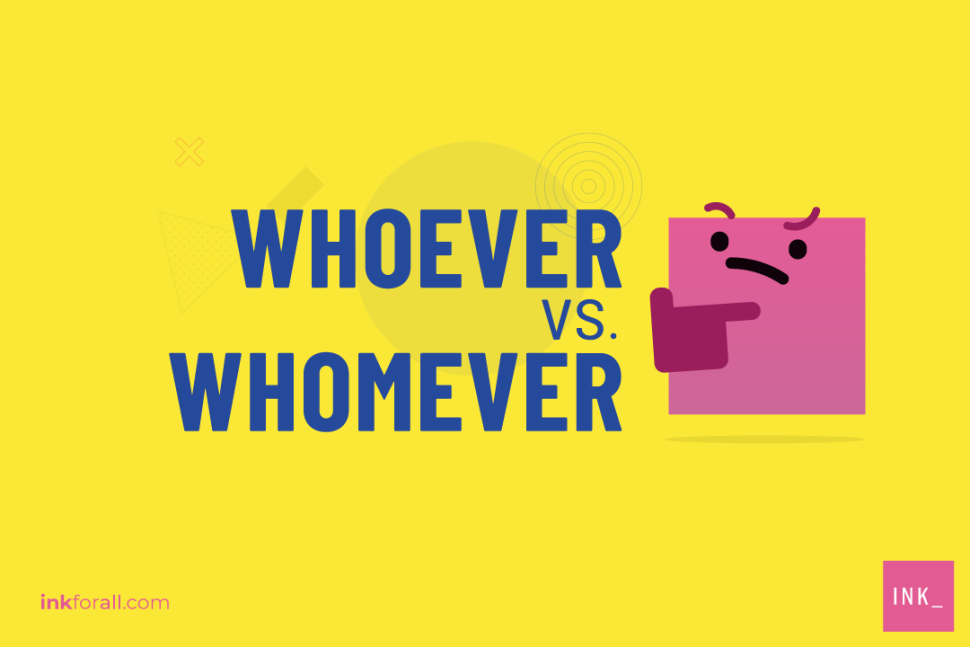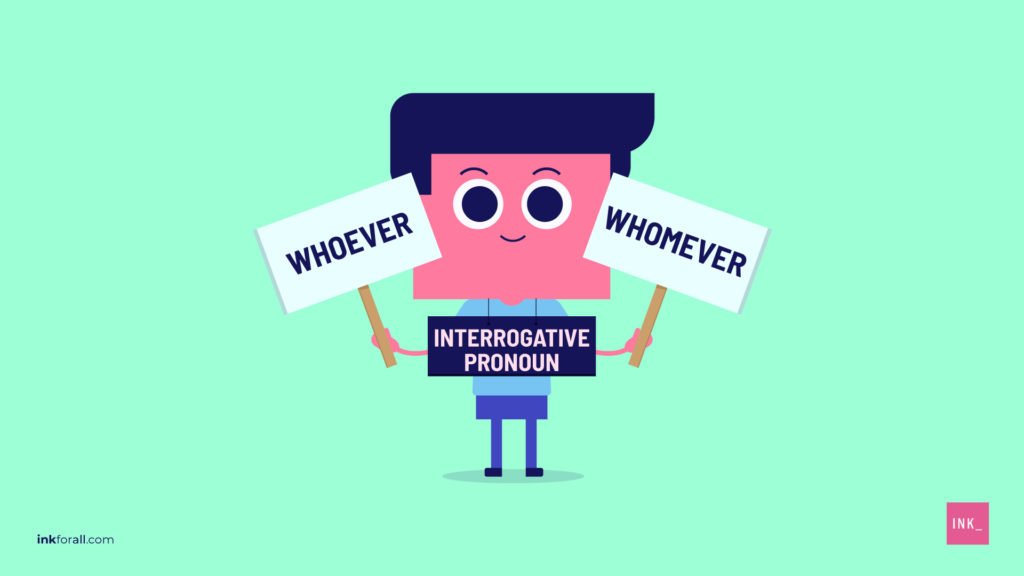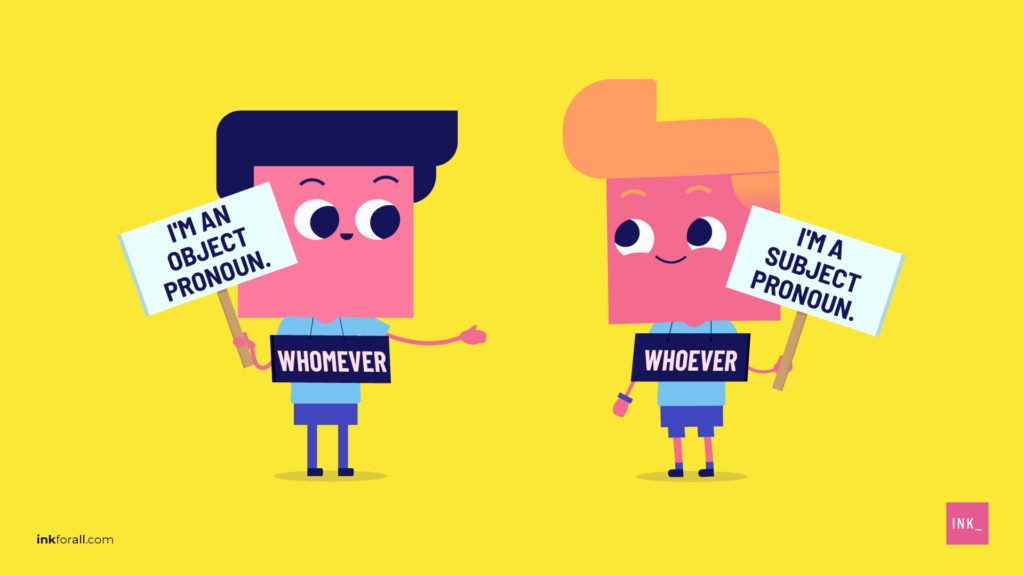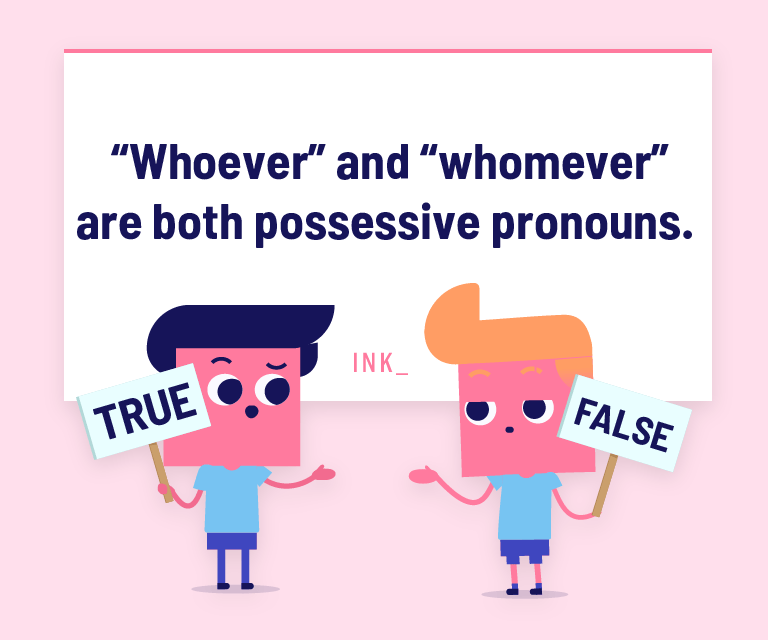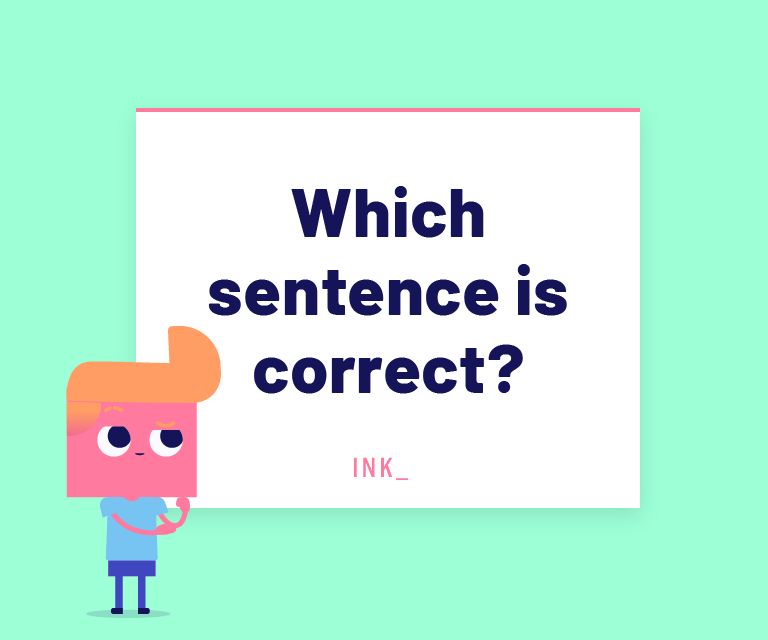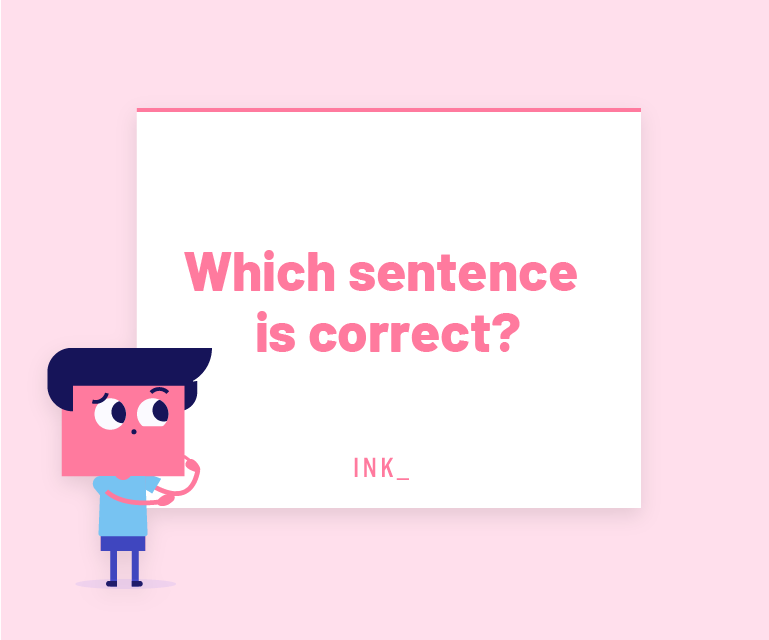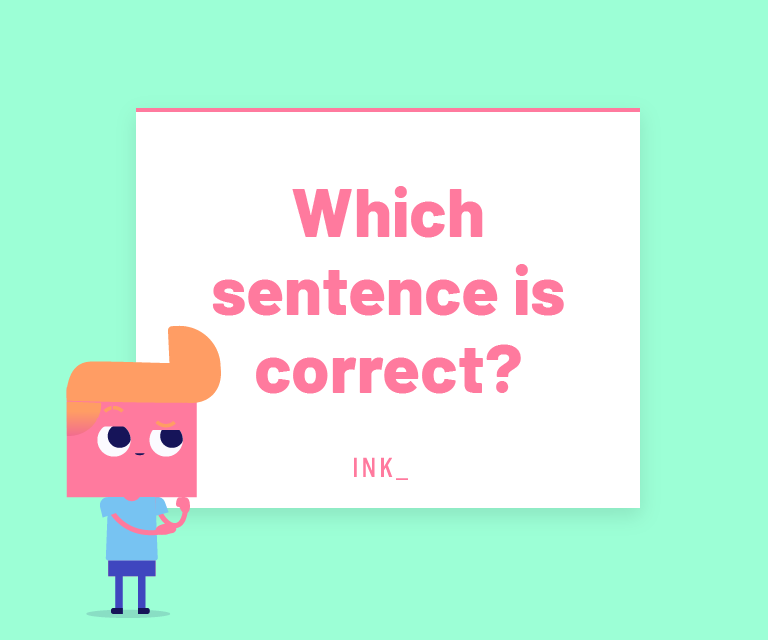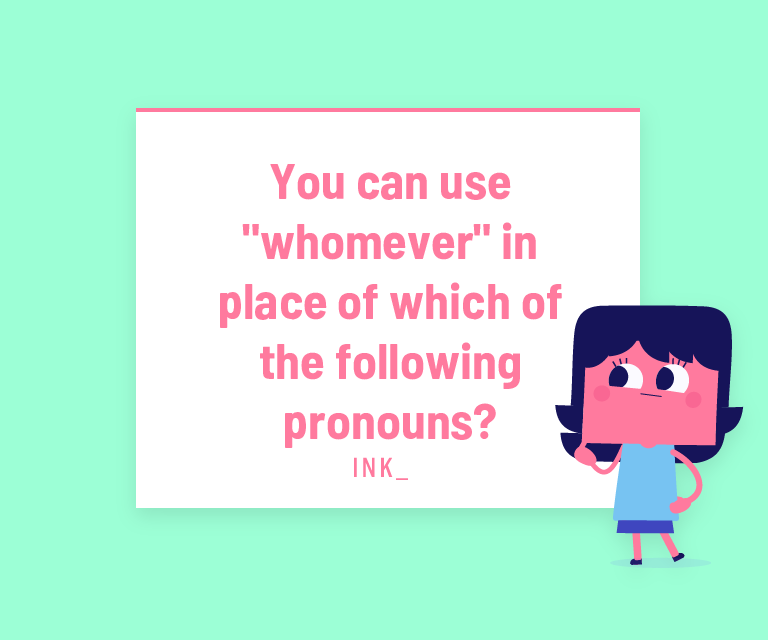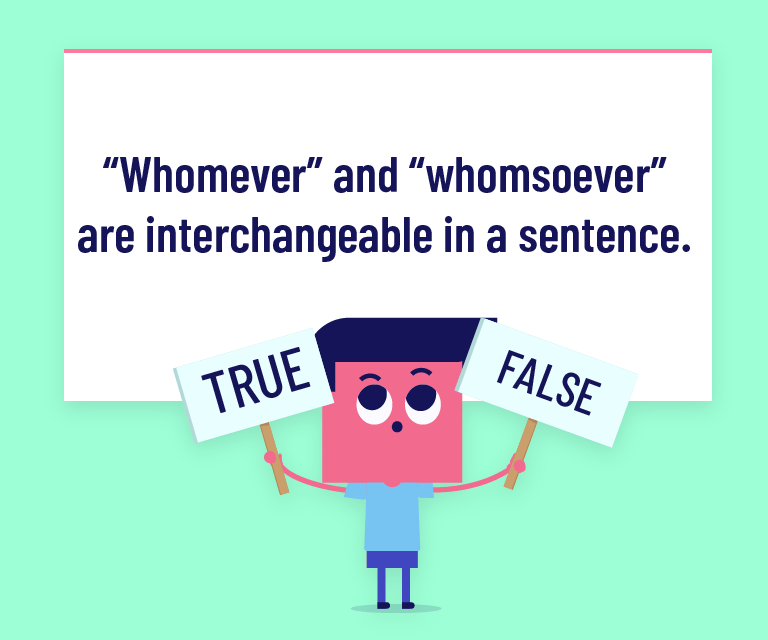Main Happy Belated Birthday Takeaways:
- Belated happy birthday is the correct way to say this phrase.
- Happy belated birthday is not correct because “Happy” and “Birthday” need to go together. Otherwise, belated just describes the word “birthday” instead of the entire happy birthday greeting.
- Belated happy birthday means you are late wishing someone a happy birthday.
- Happy belated birthday means that someone’s birthday came late, which is usually not the case.
- Belated refers to something delayed or late, such as a belated apology.
- Usually, you can’t use belated to describe someone with punctuality problems.
- Add -ly to make belated an adverb.
In an ideal world, we’d never be late with our birthday greetings. After all, we now have social media to send greeting reminders for everyone, from Grandma to your cousin’s third-grade teacher. And, countless calendar apps for that.
But, sometimes, it happens. And, better late than never.
How can we share warm birthday wishes (albeit late) while honoring grammatical guidelines?
Is it Correct to Say Happy Belated Birthday?
It is not correct to say “Happy belated birthday!” or “Happy late birthday!” even though these phrases are very common. The correct way to wish someone well when you miss their special day is “Belated Happy Birthday.” What’s the difference? When you say “Happy belated birthday,” you’re saying that the birthday itself was late and not your greetings. This is not what you mean. When you say “Belated happy birthday,” you’re saying that your greetings are late, and not the birthday. Since the latter is what you really mean, this is the correct phrase.


I know what you may be thinking. Yes, many greeting cards break grammar rules.
Card aisles are filled with happy belated birthday cards and gifts. But, you as the stellar Grammar Pro you are may want to consider using this ungrammatical phrase.
Just because the phrase is socially acceptable doesn’t mean it’s correct.
The point of language is to express what we think and feel to others. For something as heartfelt as a birthday greeting, expressing yourself as clearly as possible is too important.
Let’s dig a little deeper into the definition of belated and explore some of the best late happy birthday greetings. Finally, we’ll show you some examples of how to use belated correctly in a sentence.
Is Belated Before or After?
Belated meaning:arriving or occurring later than the usual time. Therefore, belated refers to something that comes after it’s supposed to. The word “late” is a more common alternative for “belated.”. On the other hand, use “early” or “preemptive” to refer to something that comes before.
What is the Opposite of Belated Birthday?
If you are early with your birthday greetings, you could say “Happy early birthday!” or “Happy pre-birthday“. Another option is “Happy Preemptive Birthday!“.


How do you Wish Someone a Happy Belated Birthday?
Here a the top 10 best (and grammatically correct) ways to wish someone a belated happy birthday:
- How could I have forgotten your special day?! I hope you had a fantastic birthday!
- Even though I’m a little late to the party, I want you to know how special you are to me. Belated happy birthday!
- I can’t tell you how happy I am that you were born. Forgive me for being late with my birthday greetings!
- Happy birthday to a dear friend… just a little late 😀
- I’m sorry I missed your birthday, but it’s a great opportunity to celebrate all over again!
- You know I’m always fashionably late. Belated Birthday wishes to you!
- There’s nothing worse than missing your favorite person’s special day! I guess this means you just get double the cake.
- My apologies for missing your birthday! Please accept my sincerest birthday wishes, albeit delayed.
- Happiest of birthdays to you! Forgive me for being late to the party.
- You’re so wonderful, you deserve to keep the party going. Even though I’m a little late, happiest of birthdays to you!
How do you use Belated in a Sentence?
1. Using Belated to Describe an Event
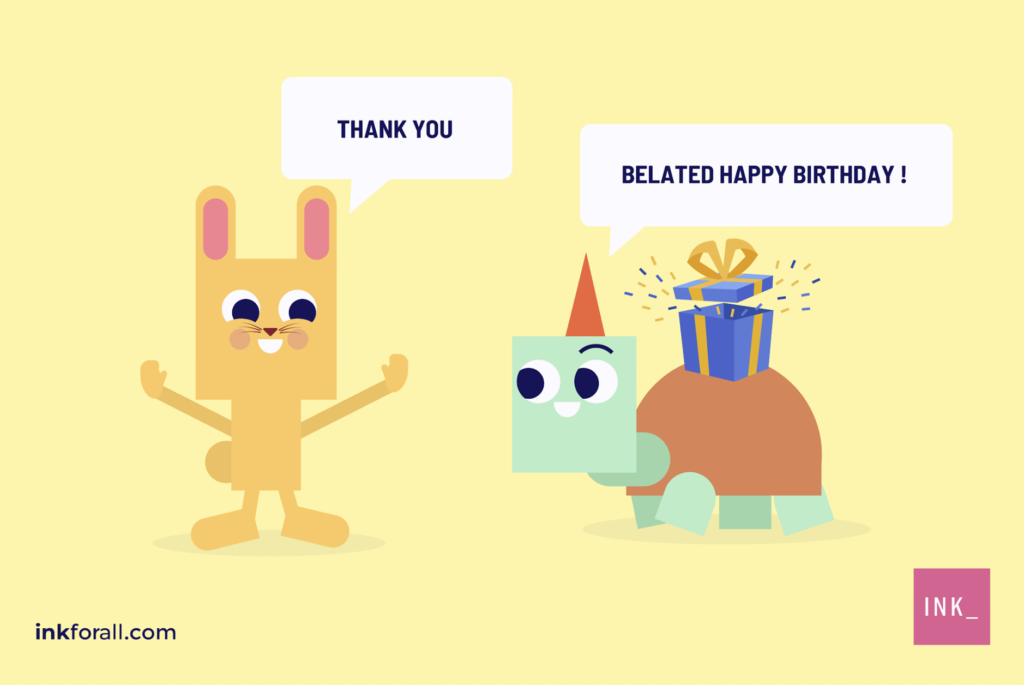

2. Using Belated to Describe a Person
We usually don’t use the word belated when describing an individual with punctuality problems.
Karen isn’t belated. She’s late.
Karen can be tardy for work, but she can’t show up for work belated.
However, sometimes it makes sense to describe a person with the word belated.
For example, we can say a belated representative was appointed after the deadline. It’s also okay to tell your boss made a belated appearance at an important meeting.
This is because belated refers more to a person’s role at a scheduled event versus something that is routine.
3. Using Belated as an Adverb
Transform belated from an adjective to an adverb by adding -ly at the end of the word. You might not see or use this word often, though. After all, wishing someone a belated happy birthday is easier than the alternative.
While correct, this statement is wordy and sounds overly formal. You could say, “Sorry, I missed your birthday.”
If you go the belatedly route, remember the word modifies a verb. It doesn’t modify the birthday itself.
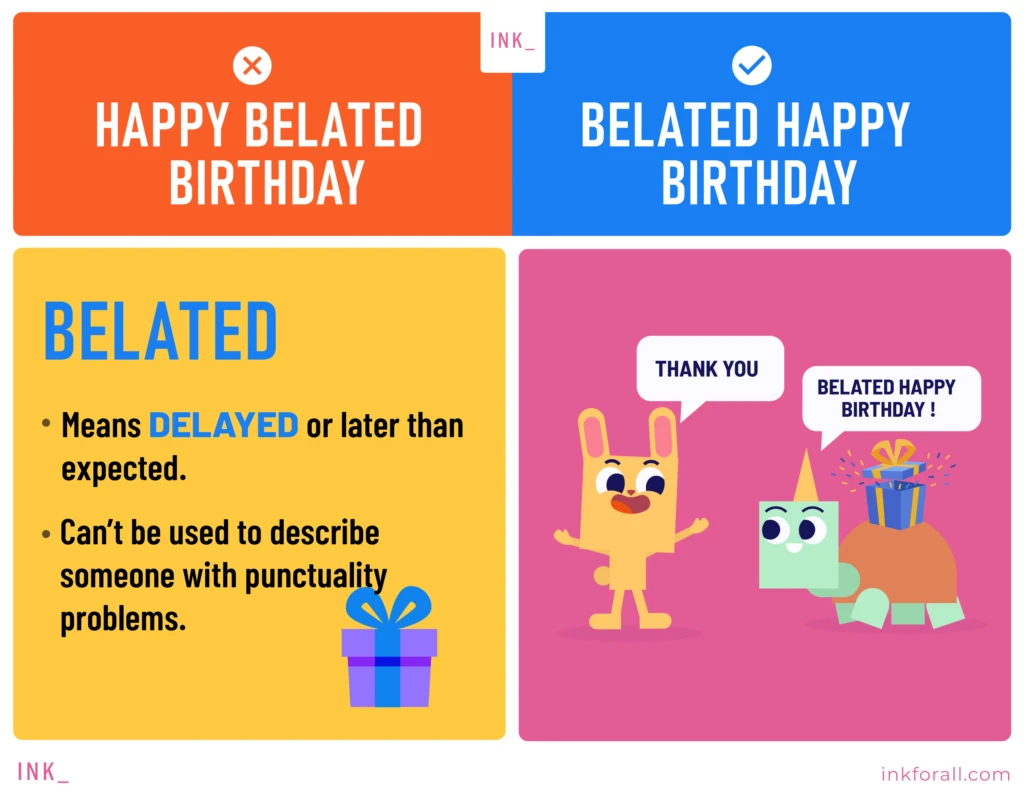

You can belatedly wish someone a happy birthday, but you can’t say, “I hope you have ahappy birthday belatedly.” So like with happy belated birthday, it just doesn’t make sense.
Whether you like it or not, a birthday comes right on schedule each year. When you say “Belated happy birthday,” you refer to your greetings being belated and not the birthday.
So, make sure to place belated in front of happy birthday, not in the middle. With the correct sentence structure, belated is sure to modify your greeting, not someone’s annual trip around the sun.
Quick Belated Happy Birthday Grammar Quiz
Question #1
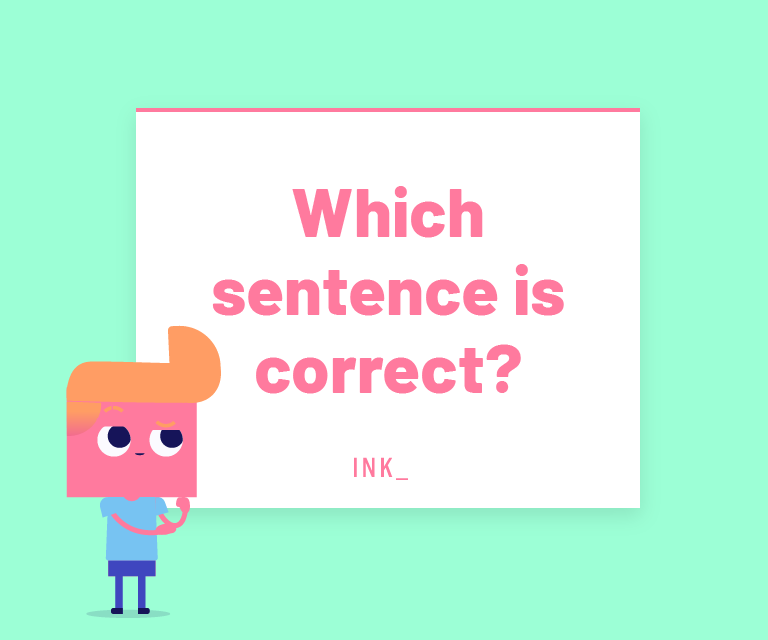

The answer is C. The word belated comes first to imply that the greeting is arriving late, not the birthday.
Question #2
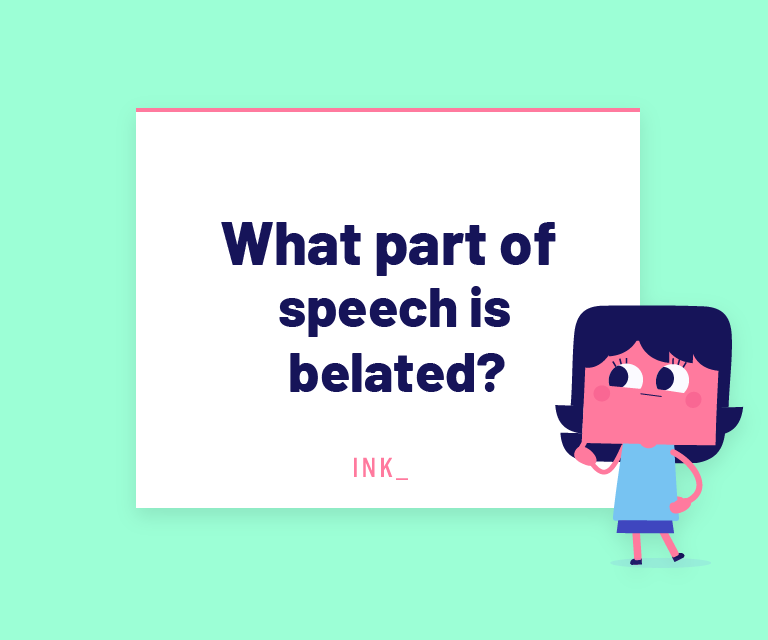

The answer is B. The word belated is an adjective. It describes an action or event that happens later than expected.
Question #3
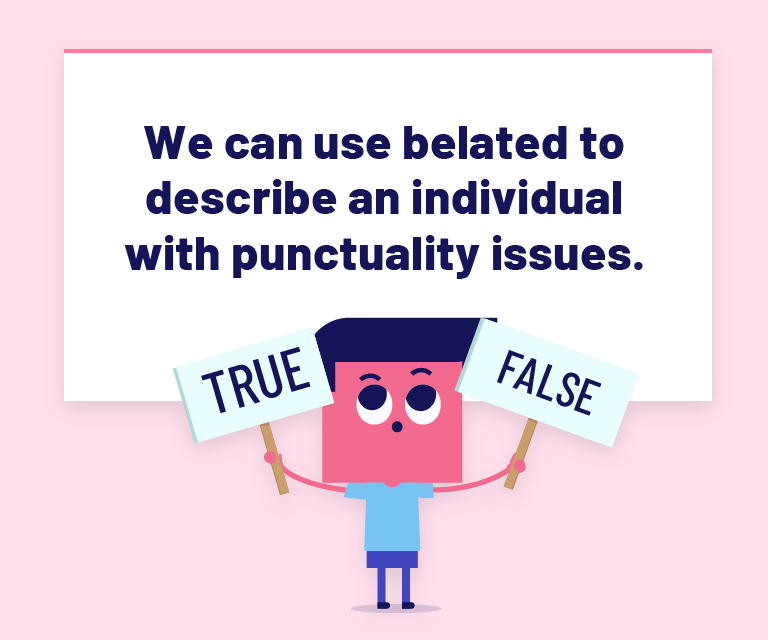

The answer is FALSE. Rather than use belated to describe an individual with punctuality problems, we would use late or tardy.
Question #4
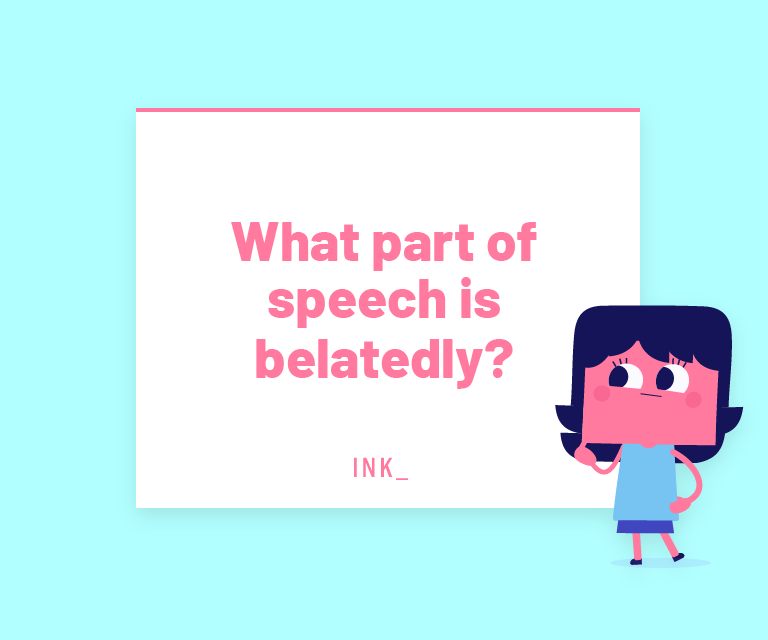

The answer is D. You can transform belated from an adjective to an adverb by adding ly to the end of the word.


